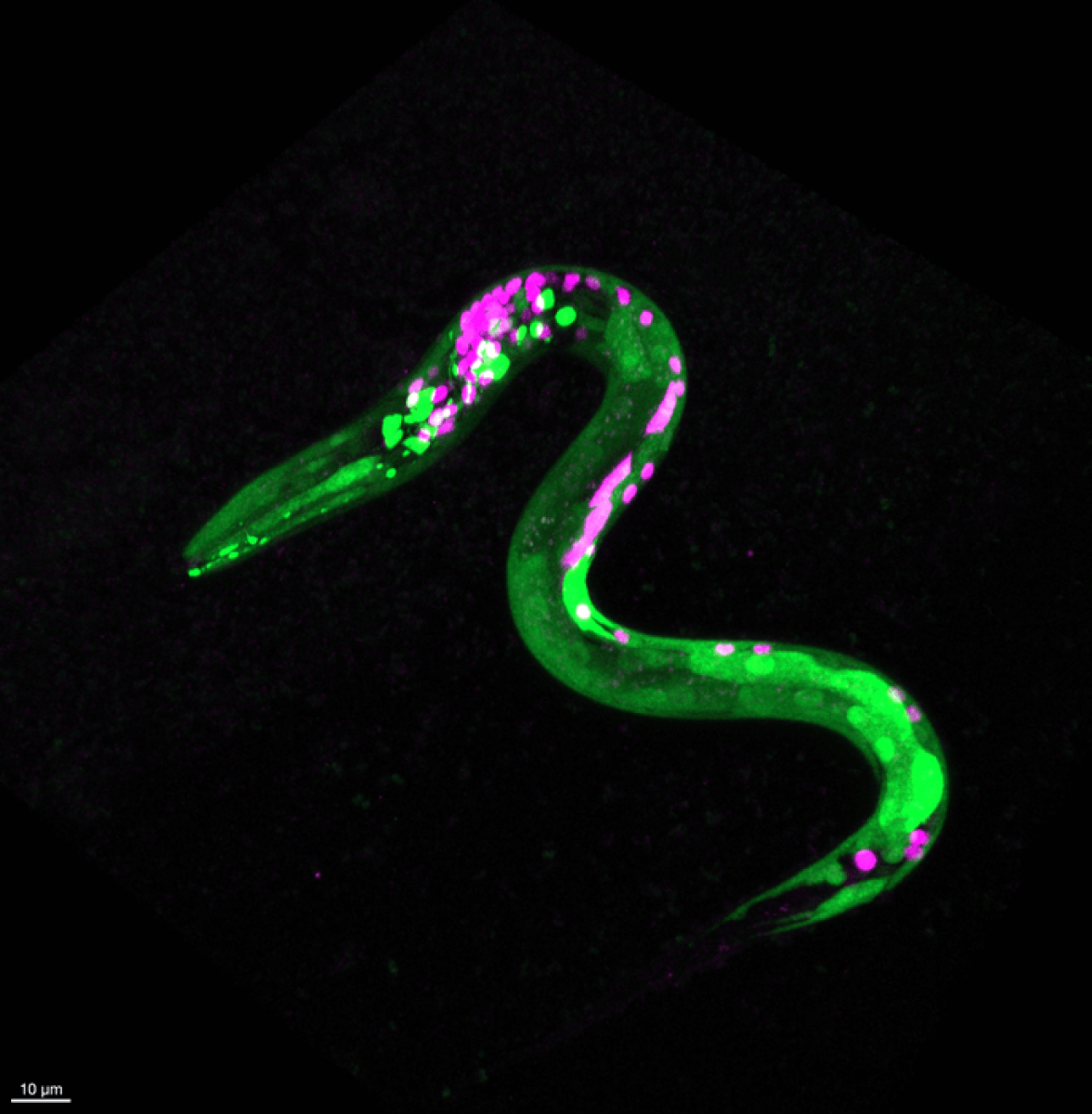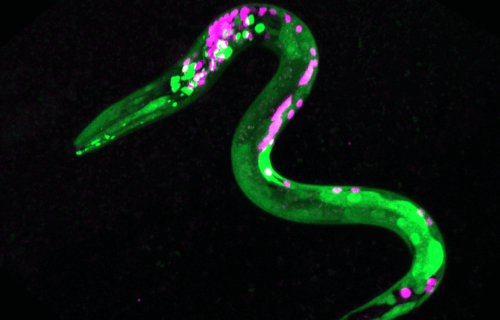EUGENE, Ore. — Worms experience cravings, or “munchies,” when they encounter the same chemical compounds in marijuana, according to new research. Cannabis has an age-old reputation for causing users to crave tasty, high-calorie foods. Now, researchers in Oregon have discovered that worms also experience these cravings after consuming cannabinoids.
The primary cannabinoid is THC, the active ingredient responsible for making users feel “high.”
“Cannabinoids make nematodes hungrier for their favored foods and less hungry for their non-favored foods. Thus, the effects of cannabinoids in nematodes parallels the effects of marijuana on human appetites,” says neuroscientist and University of Oregon professor Shawn Lockery in a media release.
The researcher notes that nematodes diverged from the lineage leading to mammals over 500 million years ago. “It is truly remarkable that the effects of cannabinoids on appetite are preserved through this length of evolutionary time.”
The study, published in the journal Current Biology, was inspired by the legalization of cannabis in Oregon in 2015. Lockery says their lab was examining nematode food preferences as part of their research on the neuronal basis of economic decision-making when they decided to see if exposing worms to cannabinoids would alter their food preferences.
Why does marijuana give species the munchies?
Researchers explain that cannabinoids bind to cannabinoid receptor proteins in the brain, nervous system, and other parts of the body. These receptors normally respond to endocannabinoids, molecules naturally present in the body. Lockery adds that the endocannabinoid system plays crucial roles in eating, anxiety, learning and memory, reproduction, metabolism, and more.
The research team demonstrated that worms exposed to the endocannabinoid anandamide ate more of their favorite food. These effects depended on the presence of the worms’ cannabinoid receptors. In further studies, the researchers genetically replaced the C. elegans cannabinoid receptor with the human cannabinoid receptor and found that the animals responded normally to cannabinoids.
Lockery emphasizes the commonality of cannabinoid effects in both nematodes and humans. The research team reports that the effects of anandamide depend on neurons involved in food detection.

“Upon cannabinoid exposure, it becomes more sensitive to favored food odors and less sensitive to non-favored food odors. This effect helps explain changes in the worm’s consumption of food, and it is reminiscent of how THC makes tasty food even tastier in humans,” Lockery reports.
The findings could lead to new drug treatments
Lockery believes these findings have significant practical implications, as cannabinoid signaling is present in most human tissues and could be involved in the cause and treatment of various diseases. Studying the functionality of the human cannabinoid receptor gene in C. elegans could lead to rapid and inexpensive drug screening targeting proteins involved in cannabinoid signaling and metabolism, with profound implications for human health.
The research team is also interested in studying the effects of psychedelic drugs on worms, potentially revealing further similarities between humans and worms in terms of perception and psychological well-being.

South West News Service writer Stephen Beech contributed to this report.
